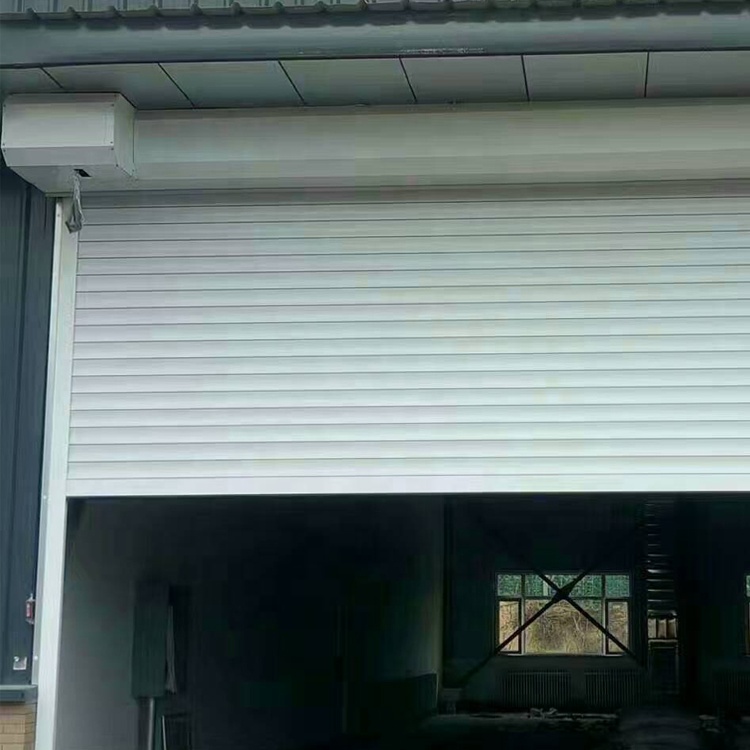Sliding doors are a great and convenient addition to any home, providing a seamless connection between indoor and outdoor spaces. However, like any other mechanical component, they require regular maintenance to ensure smooth operation. An important aspect of this maintenance program is proper lubrication. In this blog post, we’ll delve into the basics of lubricating your sliding door and provide step-by-step instructions to help you keep your sliding door sliding easily for years to come.
Why lubrication is important:
Lubricating your sliding door will not only ensure smooth operation but also extend its lifespan. Over time, debris, dust, and dirt can accumulate in the tracks, causing friction and impeding door movement. Proper lubrication helps reduce this friction, allowing the door to operate easily and quietly.
Choose the right lubricant:
Before starting the lubrication process, choosing the right lubricant is crucial. There are a variety of lubricants available, but the best choice for sliding doors is a silicone-based lubricant. Silicone lubricants provide a non-greasy, long-lasting film that reduces friction and protects against dirt and dust, ideal for sliding door tracks.
Step-by-step guide to lubricating sliding doors:
Step 1: Prepare
Start by cleaning your sliding door track thoroughly. Use a vacuum cleaner or brush to remove any loose debris and dirt. Wipe the tracks with a clean, damp cloth to ensure a clean surface for lubrication.
Step 2: Apply Lubricant
Shake jar of silicone lubricant well before use. Spray a thin layer of lubricant evenly directly onto the rails. Make sure to cover the upper and lower rails, as well as any other moving parts such as hinges and rollers. Avoid using excess lubricant as this may cause the tracks to become sticky.
Step 3: Apply lubricant
Using a clean cloth or small brush, apply lubricant evenly along the entire length of the track. This will ensure the lubricant reaches all nooks and crannies, providing smooth operation.
Step Four: Test the Door
Move the sliding door back and forth a few times to distribute the lubricant evenly. Listen for any squeaks or areas where the door still won’t operate smoothly. If necessary, apply more lubricant to these specific areas and repeat the process.
Step 5: Clean up excess lubricant
After lubricating your sliding door, use a clean cloth to wipe away any excess lubricant that may have dripped onto the floor or surrounding area. This step will prevent the lubricant from causing any slips or stains.
Regular maintenance, including proper lubrication, is essential to ensure the smooth operation and longevity of your sliding door. By following the steps outlined in this guide and using the right lubricant, you can keep your sliding door sliding easily for years to come. Remember to schedule regular maintenance inspections and lubrication to avoid any unexpected problems and enjoy the convenience and beauty of your sliding doors for a long time.
Post time: Nov-29-2023

